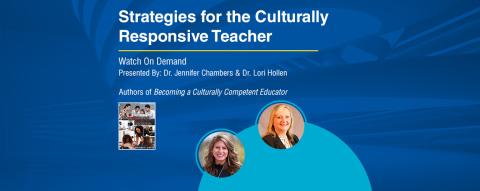
The Power of Non-Verbal Communication and 5 Tips to Share with Students for Interview Success
A professor’s job is not only to provide students with course information, but also to mentor and prepare them for the “real world.” Students look to their professors for guidance and knowledge when preparing for interviews and other occupation-related tasks such as creating a resume and CV. An imperative aspect of interview etiquette that is frequently overlooked is non-verbal communication. Casing Communication, a new publication by Corey Liberman, Andrew Rancer, and Theodore Avtgis, provides helpful tips for students on how to be mindful of non-verbal cues in interviews and beyond.
A key determinant in interviewing and first impressions, in general, is non-verbal communication. This can include minor cues from eye contact to hand placement and the interviewer can detect anything from confidence to anxiety. Casing Communication also helps professors explain to students why people have certain expectations when it comes to non-verbal communication; the authors mention cultural norms, situational context, and the impact of the personal relationship between communicators. For example, while a hug is an appropriate greeting for socializing at a party, a job interview requires a firm handshake and eye contact.
To make good use of non-verbal communication in interviews, students can be mindful that:
- Tip #1: It is necessary to start each conversation with a firm handshake.
- Tip #2: Gestures such as head nodding and smiling are essential to making sure the interviewer knows you are interested.
- Tip #3: It is important to keep strong eye contact throughout the interview.
- Tip #4: It is imperative to read the environment to decide what a good professional distance is between the interviewee and the interviewer.
- Tip #5: While being given a tour, it is vital to stay side-by-side with the interviewer and acknowledge every employee with a smile.
The textbook also offers informative case studies to connect each theory presented, and it allows students to draw parallels to real-life situations for optimal impact. One example references a senior in college interviewing for a post-graduate job - a situation common to the vast majority of students. The case study notes how the individual’s non-verbal cues and her ability to read the environment impacts her receiving a second interview or job offer.
To learn more about Casing Communication and request your review copy, click here. Beyond the tips outlined above, the authors provide professors with thought-provoking discussion questions that allow students to apply the information presented in real-world situations. With the material in this textbook, professors have the ability to provide students the necessary tools and information applicable for success both inside and outside professional environments.



